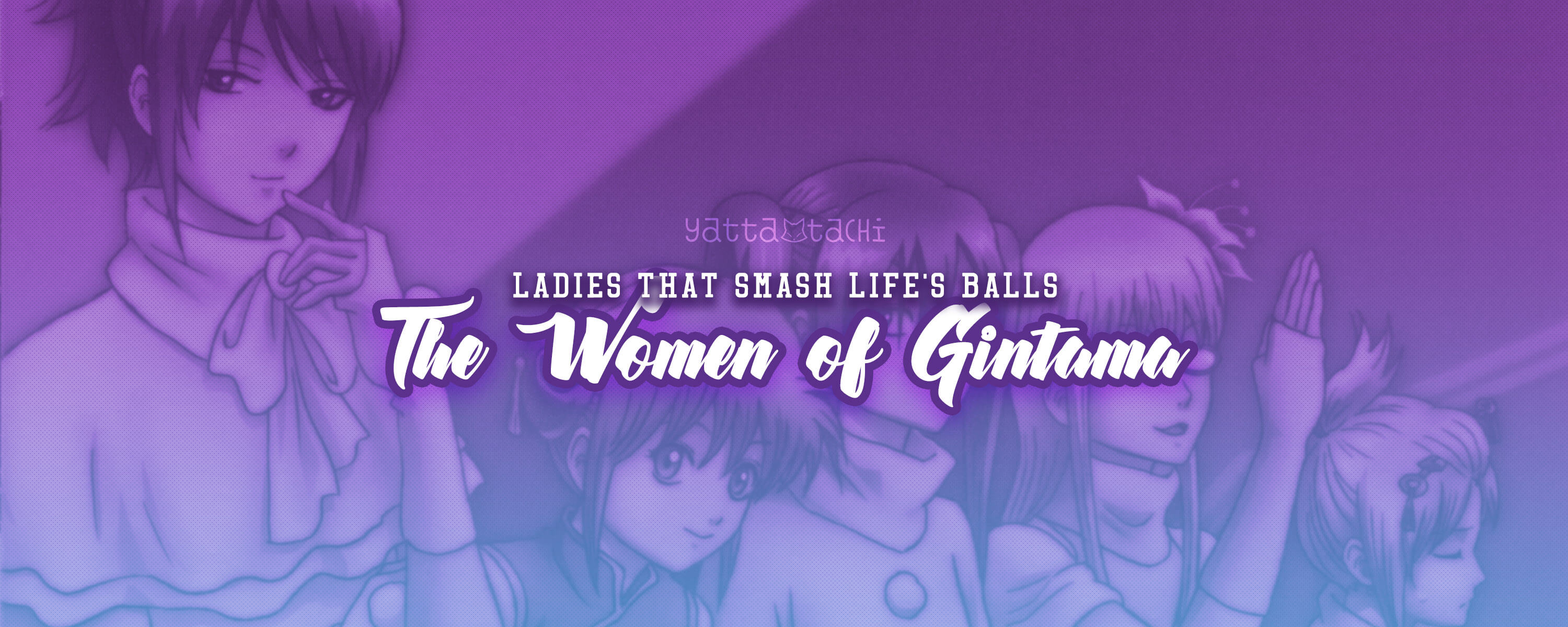When it comes to Shonen Jump and the various female characters in the imprint’s iconic series, the treatment hasn’t been kind to them. Yes, there are standout heroines in different Jump series, but they have usually pushed aside as the main male lead character takes charge in the ongoing story. A majority of Jump female characters end up being fan service for its audience. However, Jump’s sci-fi comedy/drama series, Gintama, goes against anime/manga tropes with regards to its treatment of female characters. Gintama puts them on par with the male characters.
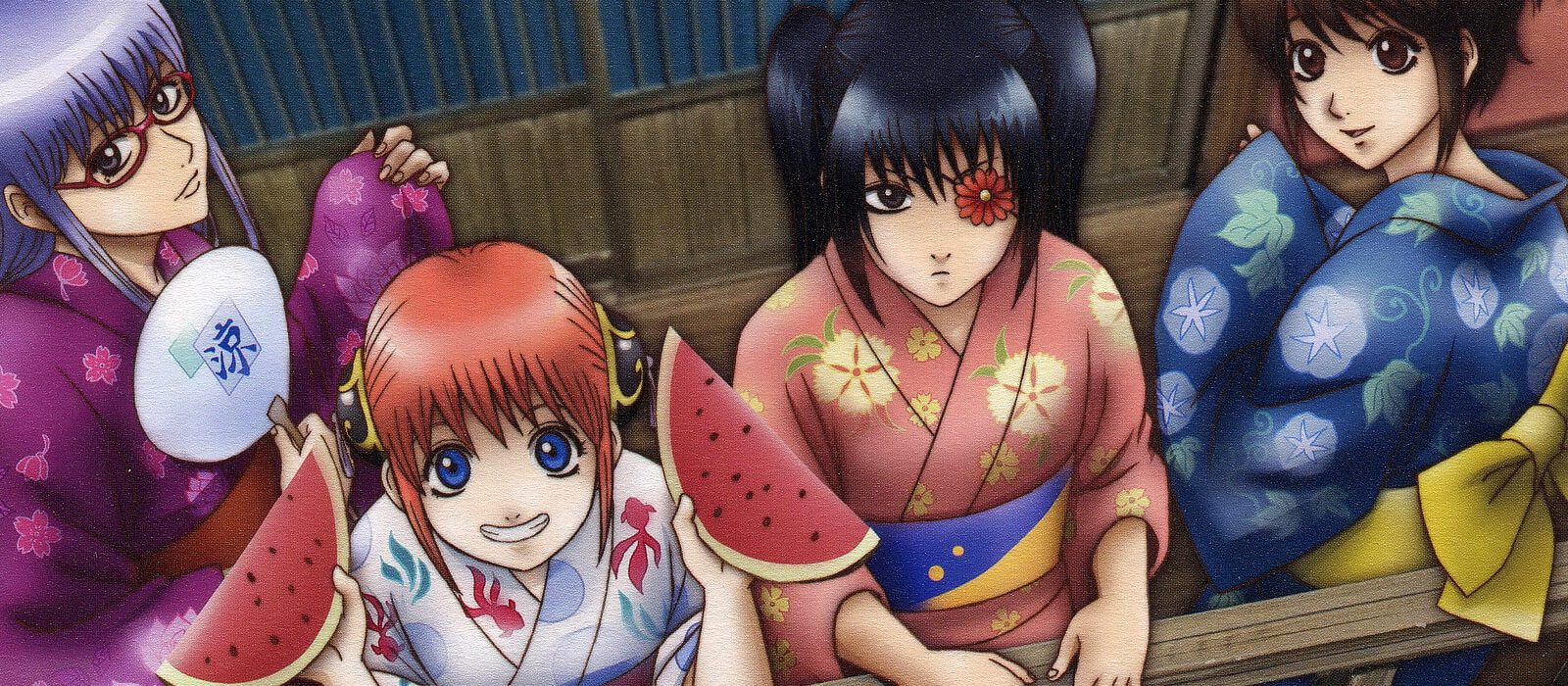
While the series is difficult to get into, for fans of legitimate female characters in anime and manga, Gintama provides a good entry point via its awesome women and I will get into why by discussing 5 of the series’ most important heroines.
Kagura
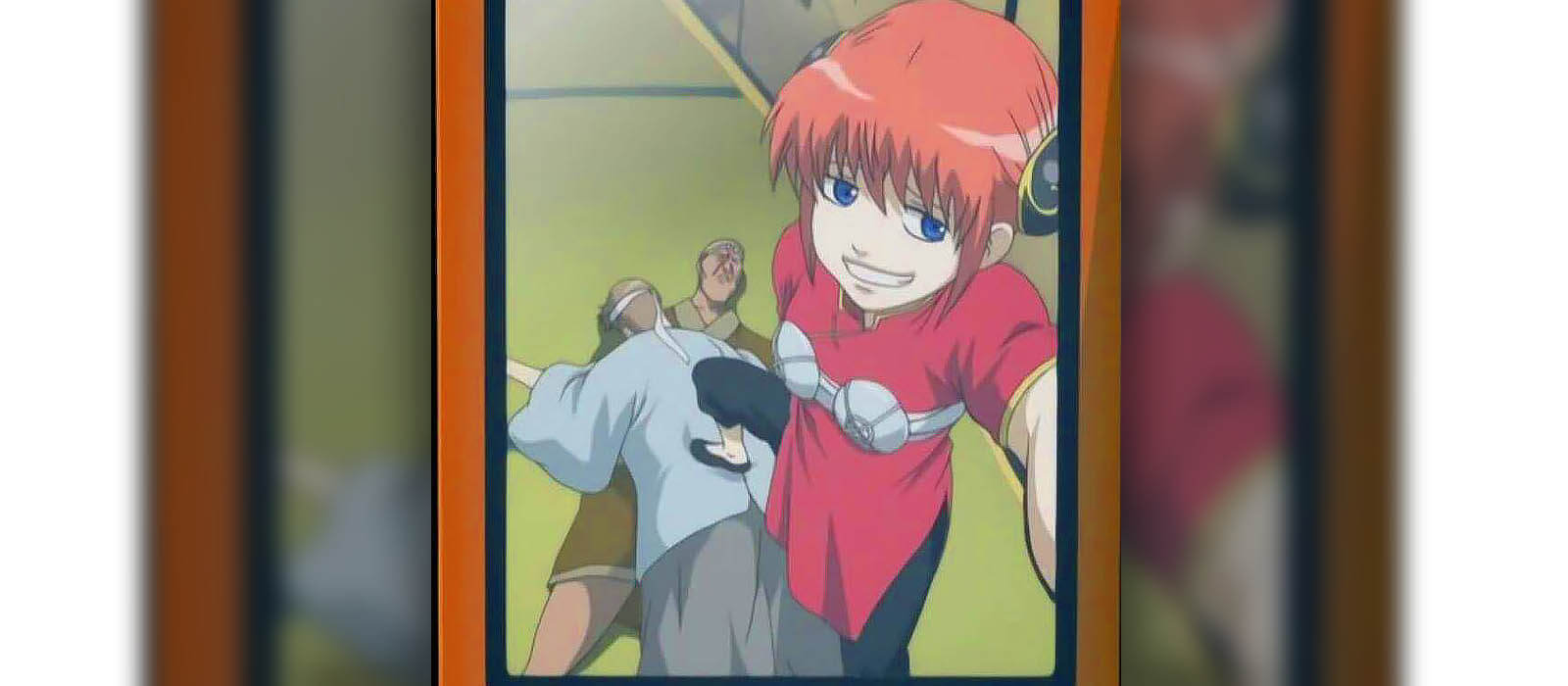
I’ll start off by talking about the main heroine of Gintama herself, Kagura. She is an alien girl with a Chinese look, who’s cute enough to be a fanservice character, yet her appearance is deceiving. She curses, has the hunger of a Saiyan, picks her nose, vomits, and is technically stronger than the main character, Gintoki Sakata. Kagura does whatever she wants, says whatever she wants, and can intimidate anyone (man or woman) because of her brute strength that rivals several gorillas. Author Hideaki Sorachi once joked that many fans of Rie Kugimiya, the voice actress for Kagura, would be turned off by her talking about male genitalia and other topics most otaku don’t want to hear.
Kagura is a rambunctious young girl who doesn’t let standards hold her down. If I could name one moment where Kagura was destined for greatness, it’s during one conversation with the Yorozuya where she tells Shinpachi that men need to date or else they become perverts. That’s according to the wisdom of her mother. Kagura has a knack for saying the most absurd things in a serious manner (though this also applies to the female characters I will mention later). She’s not the typical Jump heroine due to her lack of “femininity,” but what’s not typical is sometimes refreshing to fans’ eyes.
Kagura also gets better treatment in terms of a final resolution for her long-running character arc. She has issues with her family as they grew apart after the death of their mother. Kagura is a Yato, an alien race known to be violent and one of the strongest in the universe. She runs to Earth and Japan in the first place to become a strong person who doesn’t lose to their instincts.
Kagura has an older brother named Kamui, who is the opposite of her. He craves fighting to the extreme due to his desire to get back at their father, Umibozu. Kamui blames Umibozu for their mother’s death. The family resolution comes to a head in one of Gintama’s longest arcs, the Rakuyou Arc, where it’s a big battle at their home planet. While Gintoki helps to fight a deranged Kamui, it is Kagura who actually finishes the fight and convinces Kamui to stop fighting once and for all.
In almost every shonen series, the male lead tends to be the ultimate conflict resolver. He’s the one who brings people back together again. But in Gintama, for that one instance, the heroine shows off how tough and on par she is with the hero due to her experiences. The heroine, with wonderful support to encourage her, becomes the star with fisticuffs sturdier than most men.
Tae Shimura
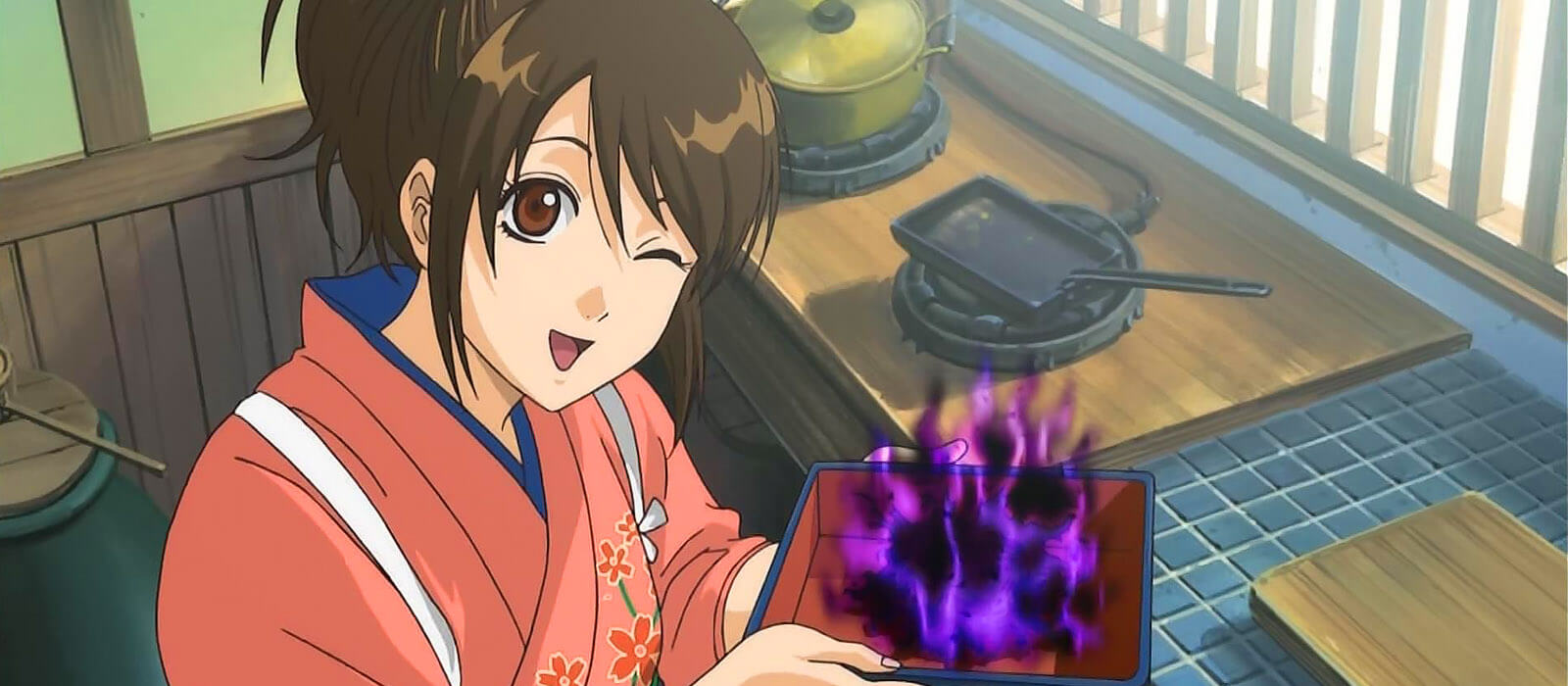
The 2nd female Gintama character I want to get into is Tae Shimura. She is the sister of supporting character Shinpachi Shimura. Tae is arguably the most powerful “normal” character in terms of handling daily life throughout the whole series. She appears innocent, but she knows how to get her way when it comes to dealing with people.
Tae will talk in a cruel manner with a nice face, and utilizes violence to get her point across. This is apparent in Tae’s job, as she is a hostess at a cabaret club. Unlike the real-life hostesses you see in Japan, she beats up her male customers whenever they annoy her. Most of the major male characters in Gintama that have faced her wrath are fearful of incurring it. Tae is noted to be a “boss lady” who’s often very proud of herself.
That doesn’t mean Tae doesn’t show kindness. The Gintama live-action movie provides a noteworthy example of what makes Tae stand out, as she lectures a reckless Gintoki with both bloodthirsty intimidation and heartfelt compassion. When Gintoki tries to go out to save his friends, Tae tells him to stop by pinning a Japanese spear in-between his legs. At the same time, Tae knows Gintoki is someone who will risk his life protecting his friends, so she provides whatever support she can. She lends Gintoki her favorite umbrella so he wouldn’t get wet from walking through the rain that suddenly appeared, all while calling him an idiot. Tae is the “big sister” of the cast. She looks out for people because she wants them to succeed.
While Tae gets angered easily, part of that anger makes her a role model because she inspires people to stand up for themselves and others. Even Kagura looks up to her.
Kyubei Yagyu
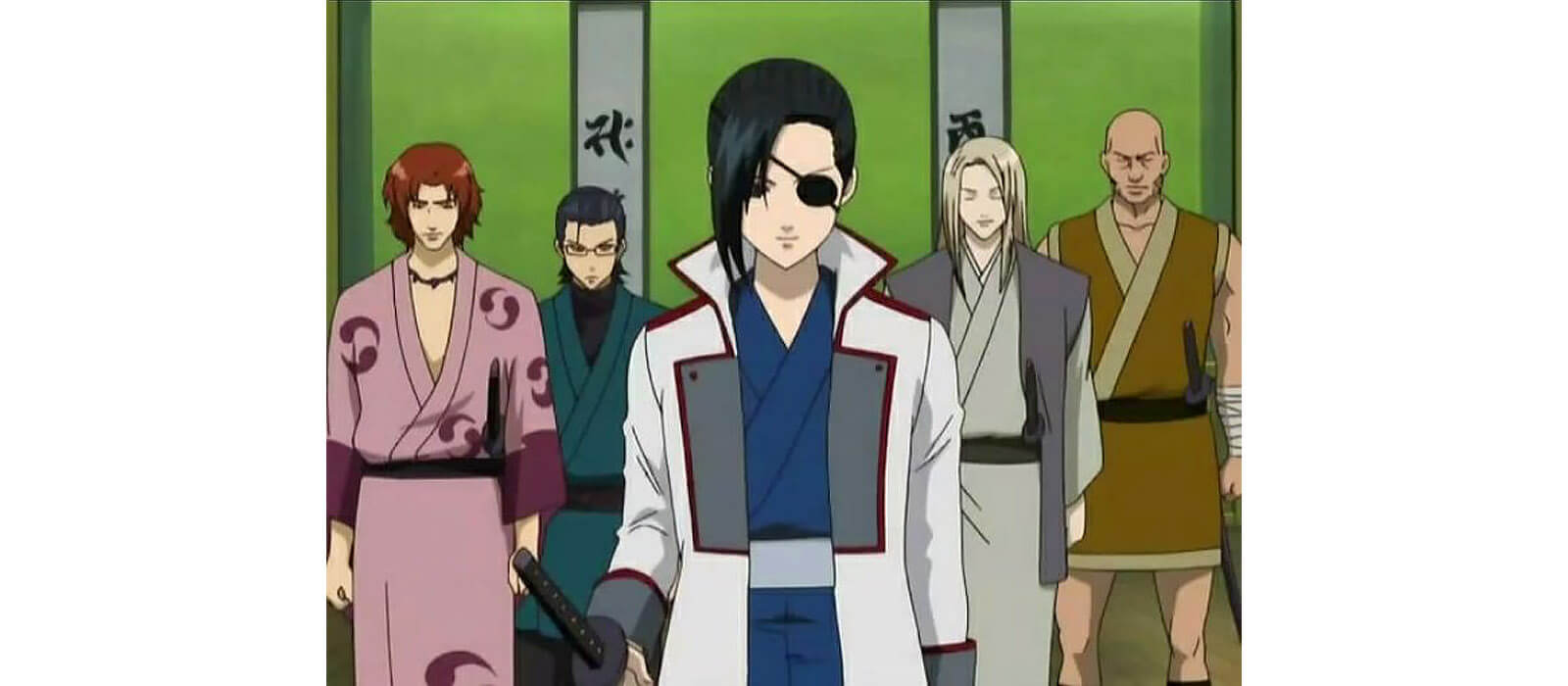
Which leads to the 3rd female character I wanted to discuss – Kyubei Yagyu. She’s a childhood friend of Tae and loves her in a romantic manner. However, Kyubei is the leader of an elite group of warriors known as the Yagyu clan. Because tradition wouldn’t allow for a female leader, she pretends to be male for the sake of her family’s survival. In her introduction arc, Kyubei believes her masculine traits would help her succeed in life. She later becomes more accepting of her feminine traits after meeting the Yorozuya and Tae asks her to be herself.
Kyubei is a genderfluid character who’s very expressive about her masculine and feminine traits. She expresses her joy in dressing up in gothic lolita clothing and inquiring about male genitalia surgery. Kyubei conforms to neither gender role. This is evident is in the popular Dekobokko Arc, where all the characters have their genders changed. Kyubei becomes the man she wanted to be and is conflicted over when to stay one because of her love for Tae. After realizing that her gender change was imposed on her by others, Kyubei decides to be not Kyubei Yagyu, the man or woman, but Kyubei Yagyu, a person with great strength and character who just happens to be female.
Kyubei is a mirror of many individuals who realize the harm of gender roles imposed on people. She is a fighter against society’s norms placed on what our assigned sex is supposed to represent.
Ayame “Sacchan” Sarutobi
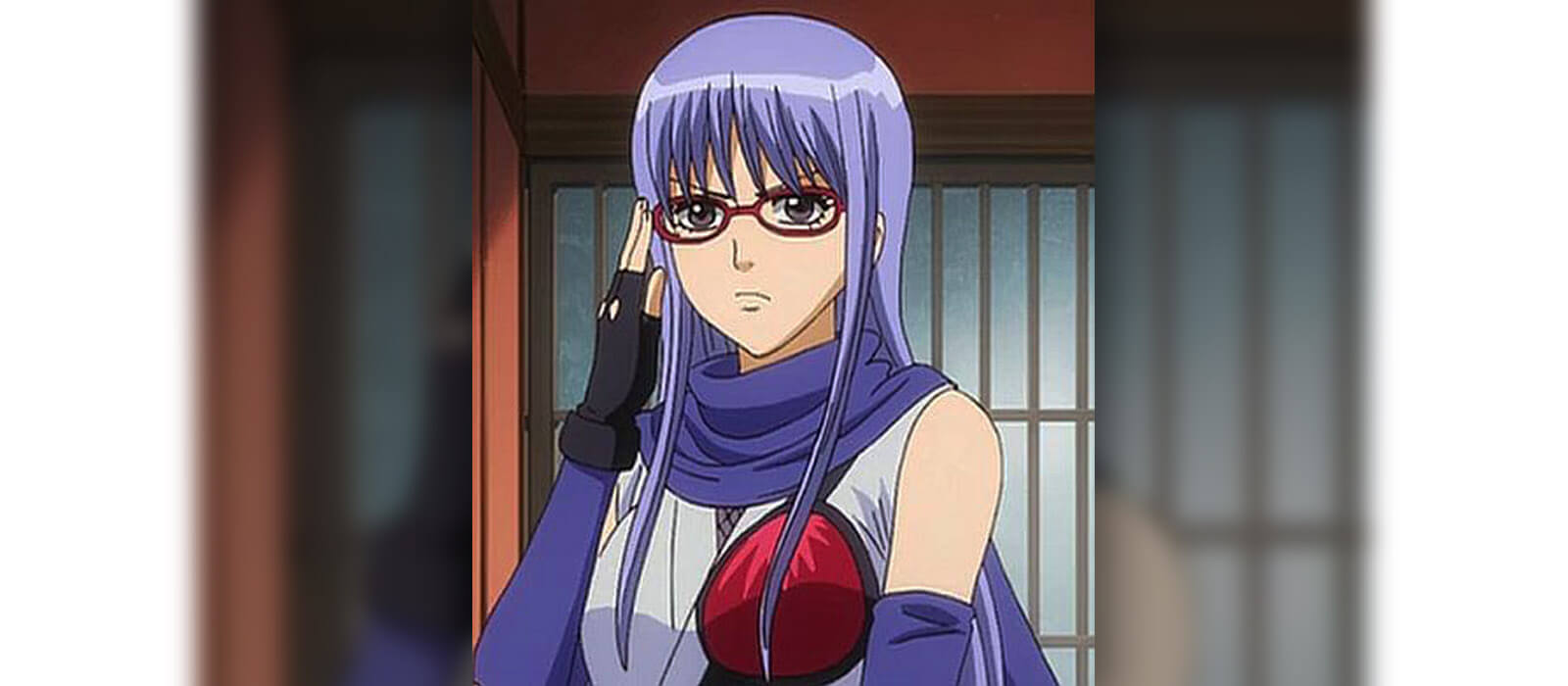
Speaking of society’s norms, we’re moving on to the 4th female Gintama character, Ayame “Sacchan” Sarutobi. She is a former member of the legendary ninja group, the Oniwabashu. After leaving the Oniwabashu, Sacchan takes on assassination jobs to get by. There is one thing that sticks out about her – she is a very sexual person. Sacchan is into BDSM (mostly on the masochistic side) and is shown in various gags involving bondage. She is in love with Gintoki to the point that she stalks him. I spoke earlier about Kagura having no filter, but Sacchan takes it further. Sacchan is expressive in her desire to sleep with Gin and to explore every inch of him. Gintoki doesn’t return her love, but Sacchan finds his annoyance at her to be a turn-on.
Sacchan is still a great character because she’s very comfortable and confident with her sexuality. She has no problems talking about her desires like men do. Sacchan doesn’t allow herself to be slut-shamed. There are women out there who receive the wrong kinds of messages about expressing their sexuality. They are shamed to feel terrible when they choose to express their desires. I feel that Sacchan is a woman who respects herself and her body. She stands out among most female anime perverts because of her continued enthusiasm to express herself in ways that would turn most people off.
Sacchan also has the willingness to call out people if they’ve lost their way in life. One of her early shining moments was when the Yorozuya dealt with being infused with screwdriver parts in their bodies. They resigned themselves to their new fate when they saw no hope for a cure. It was when Sacchan appeared in front of Gintoki while he was working a truck job and tells him to fight for the reality he wants because that’s what Gintoki Sakata would do.
In the Gintama: The Final Chapter movie, Sacchan confronts Tae over Gintoki’s disappearance in the later portion of the movie. Tae becomes depressed, while Sacchan continues being the pervert/stalker that she is. She tells Tae that she’s continuing to be herself because she knows Gintoki will come back and that Tae should go about her normal ways as well.
Sacchan gets major development later on when it’s revealed that she was personal friends of the Shogun, Tokugawa Shigeshige. Fans get to see how ruthless and powerful she can be when it comes to her childhood friends. Sacchan plays hard and works hard, plain and simple.
Tsukuyo
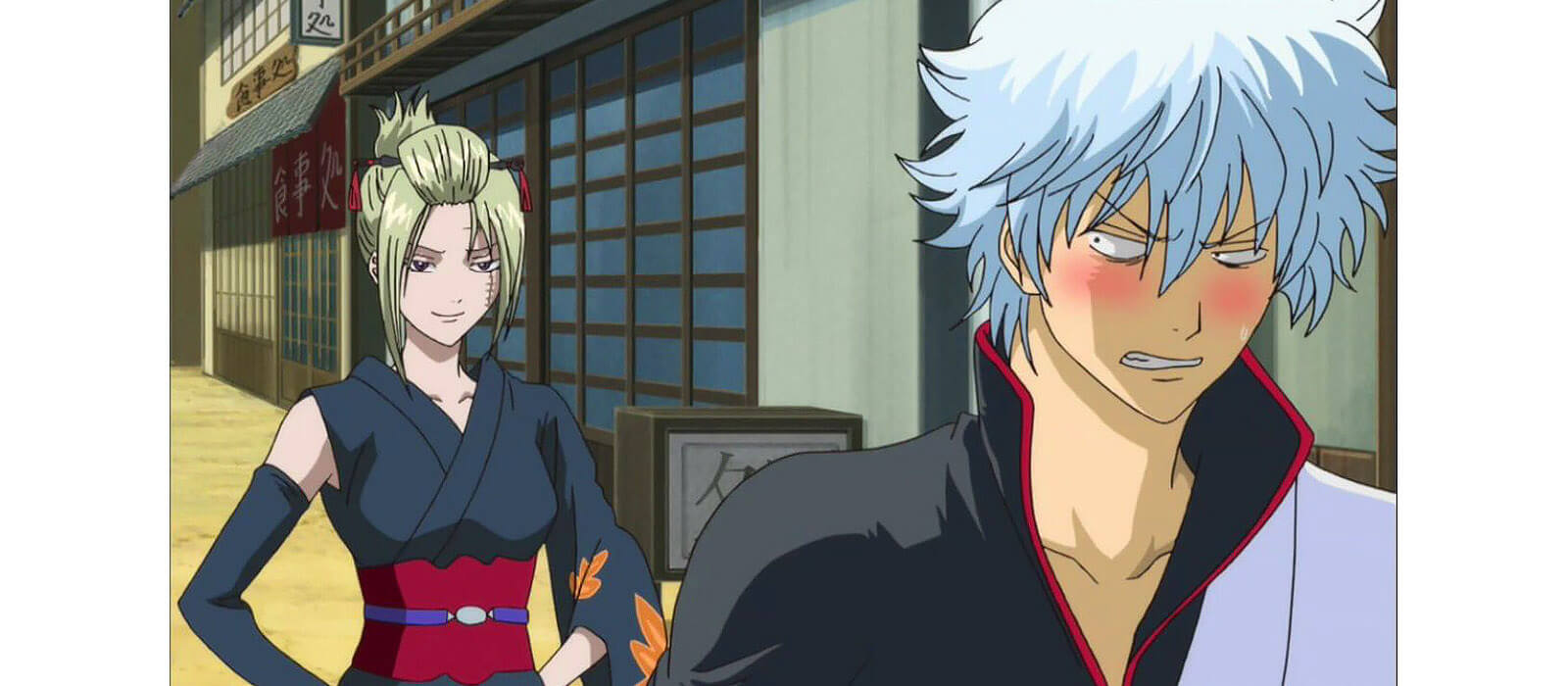
Continuing on the ninja theme, the last Gintama female character I will get into is Tsukuyo. She is the guardian of the series’ underground red-light district, Yoshiwara. Tsukuyo leads the Hyakka, an elite force of all-female ninjas who protect Yoshiwara. Tsukuyo was introduced a bit later into the series, but her popularity rose as she and Gintoki shared some touching moments together.
Tsukuyo’s introduction takes fans to the world of female prostitutes, who are usually forced to take the profession in order to survive. While she doesn’t approve of prostitution, as she grew up as one in Yoshiwara, Tsukuyo fights for the courtesans’ rights to do their jobs. She’s a reminder that even though there are women who can’t fight for themselves, some women can and should take on the role of fighting for them as needed. Tsukuyo has seen how horrible men can be towards women from her experiences in Yoshiwara and trained herself in combat to save her town. It’s as the saying goes, girls have to stick together.
Tsukuyo experiences more intimate development during the “Love Potion” arc, which was animated in an OVA. She had to confront a childhood friend who wanted to turn all of Kabukicho into slaves with a incense that makes people fall in love. Tsukuyo is forced to confront her feelings for Gintoki as she becomes affected by the incense. She later believes that because of Gintoki’s free spirit, she has no chance. However, Tsukuyo says she’s fine being friends. The short arc used Tsukuyo as commentary about women and men “needing” romantic love in order to feel complete. Tsukuyo is a reminder that there’s different kinds of love for women to experience beyond romance.
Tsukuyo is a survivor. She’s experienced a world filled with both sex and violence and fought through it with toughness and humor. Her experiences make her a female character that female fans who felt powerless can look up to.
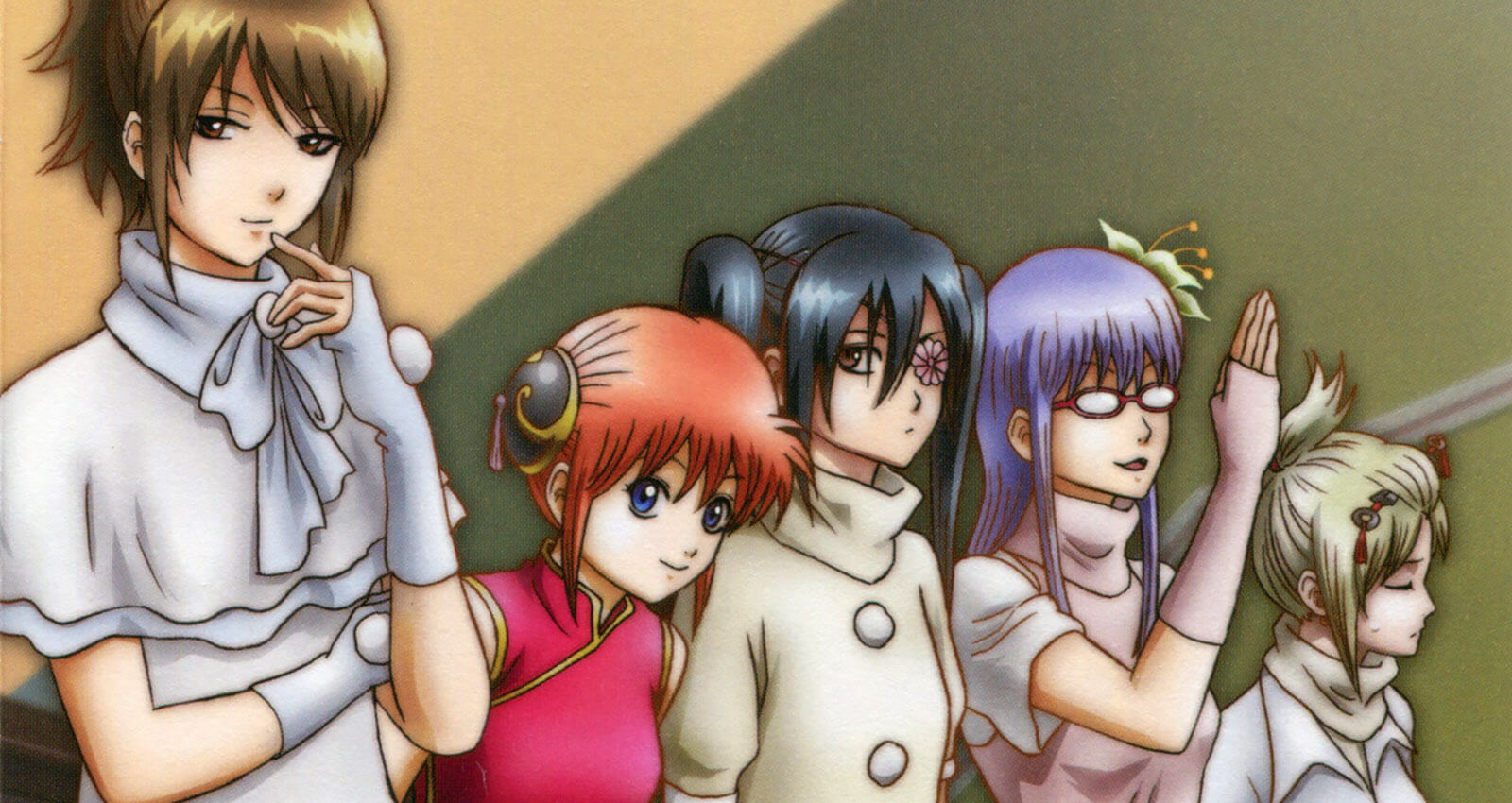
There you have it. Kagura, Tae, Kyubei, Sacchan, and Tsukuyo are 5 essential women that make Gintama one of the more female-friendly shonen series today. There are other notable female characters (Nobume Imai, Otose, Tama, Mutsu, and Matako Kijima to name a few) in Gintama that are great in their own way, but the reason I chose the 5 above, in particular, was because of how involved they are in Gintoki’s daily adventurous life. Plus I can’t write a thesis paper.
For anyone who still wonders about Gintama’s treatment of women, I will close this piece with some words from Bridgette Steger and Angelica Koch’s “Manga Girl Seeks Herbivore Men: Studying Japanese Gender at Cambridge” on Gintama, a series they found to have female anime characters that don’t adhere to tropes.
“In The Melancholy of Haruhi Suzumiya, gender roles are questioned, but ultimately there is a ‘return to normalcy’ when Kyon establishes dominance over Haruhi by kissing her.
In Gintama, there is no such normalcy to return to, that is, typical gendered power imbalances never exist in the world of Gintama, and so cannot be re-established.
The fantastical, carnivalesque and totally unrealistic world of Gintama is perhaps the most accurate (or at least the most progressive) portrayal of the balance of power between men and women in the real world of all the series discussed here.”
What’s funny is that all the ladies mentioned here make up a group in the series called Diamond Perfume, a play off of the real-life all-female J-pop trio, PERFUME. If you ask me, their fragrance is strong and gives off a smell of humanity that gives women the respect they deserve.
You can watch Gintama on Crunchyroll.

Featured Sponsor - JAST
The sweetest romance and the darkest corruption, the biggest titles and the indie darlings; for visual novels and eroge, there's nowhere better.
Big thank you to our supporters
From their continous support, we are able to pay our team for their time and hard work on the site.
We have a Thank-You page dedicated to those who help us continue the work that we’ve been doing.
See our thank you page